We have always been aware of the fact that Pashmina shawls are the most luxurious accessories for women. And we have always believed it owing to the opulent appearance, resplendent feel and snuggly warmth that Pashmina shawls give. But did we know that there are Pashmina shawls for men, which are as wonderful as women’s shawls? Did we know that Men’s Pashmina shawls are as meticulously handcrafted as women’s shawls? Are we aware of the fact that men look as handsome and dapper wearing men's Pashmina shawls, as women look in their own wraps? Today we uncloak the facts about Men's Pashmina shawls, their history, making, and everything about them we need to know.
What is Pashmina?
Pashmina is the art of handcrafting luxury shawls from Cashmere wool. Art came into existence around the 15th century. It was when Cashmere wool was discovered and processed for the first time in Kashmir. Now it is considered luxury art, affordable, and liked mostly by royals, the affluent, or the patrons of classic art.
A pashmina is an art form that is inherited by today’s artisans from their ancestors. This has been happening for centuries now, and hence this royal art is an heirloom art form. Owing to this, Pashmina shawls are a timeless accessory that aggrandizes the looks of women as well as men; they look like the most distinguished version of themselves.
What makes Pashmina Shawls Special?
Often men ask what is so special about Pashmina. If men's wool shawls are cheaper, why would someone invest large amounts to own a men’s Pashmina shawl? The answer is simple. Pashmina shawls are much more than just shawls. They aren't just warm wrap accessories, but articles full of cultural heritage, artistic skill, and emotions. Here we tell you why Pashmina shawls for men are the ideal accessories to have this winter season. We narrate why are these so special
Making of Men’s Shawls
Men’s Pashmina shawls are handcrafted in the most laborious manner. It is Cashmere wool that is acquired manually, all the way from Ladakh. The wool then goes through a number of processes to result in Pashmina shawls.
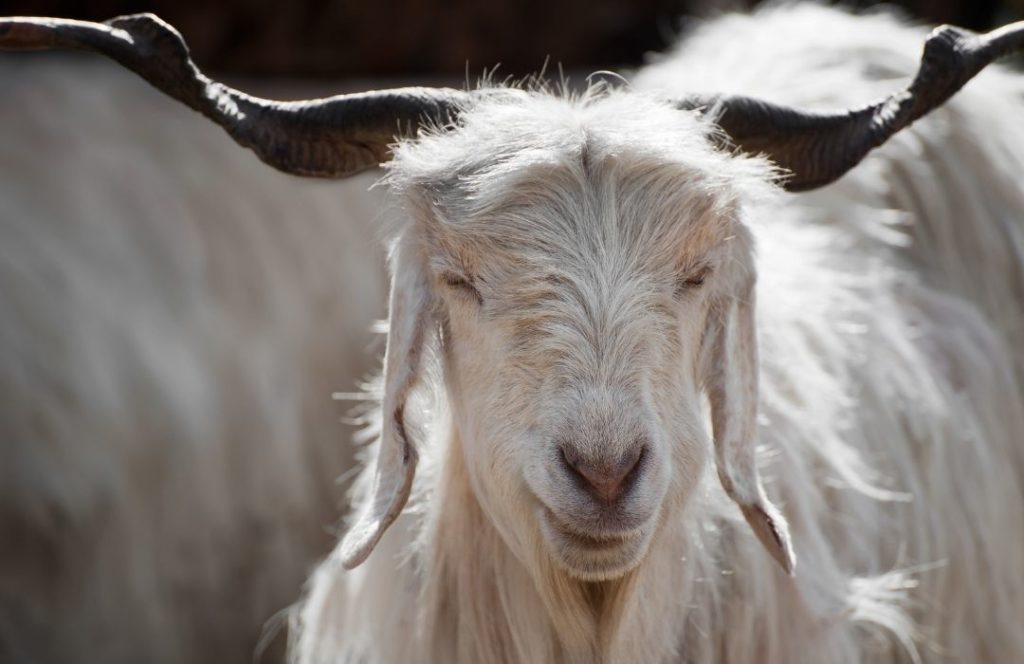
Ladakh houses a rare goat species called the Capra Hircus. The goat, locally known as the Cashmere goat or Pashmina goat, grows a fine and warm undercoat. This helps it survive the harsh winter of Ladakh. However, the summers in Ladakh force the goat to moulting. As a result, in the March season, it loses all this fine fleece that protected it in winter. The fleece is collected by its herders and cleaned thoroughly. It is sent to the Kashmir valley for processing.
On its arrival in Kashmir, the fleece is again washed thoroughly and strategically with some special procedures that make it clean, strong, and shiny. After cleaning it properly, artisans start spinning it to transform chunks of fleece into fine yarn. This yarn is then handwoven over traditional looms to produce luxury men's Pashmina shawls. The shawls are plain when out of the loom. These are then embellished with prints, patterns, embroidery, laces, and more adornments.
Production of Cashmere is Rare
One Cashmere goat produces just 150 grams of Cashmere wool per year. The average size of a Men's pashmina shawl is 130*270 cm. Hence it would take wool from 5 to 5 goats to make one men's Pashmina shawl. On top of that, the production of wool on the body of the goat happens just once. It is the moulting period when they lose it naturally. Hence herders have to wait one full year to obtain just 150 - 180 grams of Cashmere from one goat. This shows how exclusive the shawls are.
Cashmere is special and rare owing to its rearing, which is challenging and strenuous. The goat is found at more than 15000 feet above sea level on a plateau called Changthang. This region experiences harsh winters with temperatures descending to -40 degrees C. In these times it is quite problematic to feed and shelter them. But their herders leave no stone unturned in doing so. They live together with their animals and make sure nothing harms them in the winter months. Goats are properly fed and kept safe in warm shelters along with the herders. They, hence, survive the winters with ease, with their fleece undercoat providing them maximum warmth. It is in summers that herders live a hard life with the animals. And owing to this, Pashmina shawls become even more special.
Sustainable Processing of Pashmina Shawls
Sustainability is the buzzword nowadays. And this is a good step towards the concerning issues related to our planet and its people. Owing to this, the world is moving towards products that are crafted in ethical ways. This includes bringing into existence the products which have been made without the use of machines to protect the environment from pollution. Moreover, crafting products without being cruel to animals. And finally, being fair and empathetic to the people.
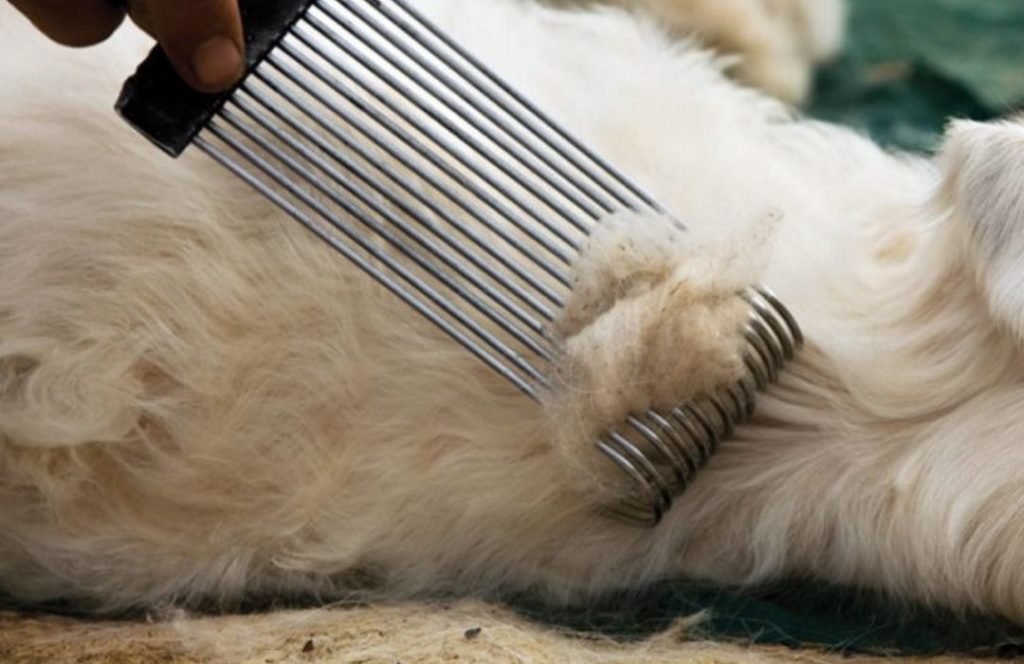
Fortunately, Men's Pashmina shawls are sustainable as far as their making is concerned. From the acquisition to the completion, Pashmina shawls for men are ethically made. The first step is procuring wool from the goat, and we are delighted to announce that Cashmere herders carry out this activity without harming the animal. The goat loses most of the fleece during its moulting period. Some of the portions of the fleece left on its body are removed by herders in the peak summer season when it makes the goat uneasy. As the goat tries rubbing itself against coarser surfaces, the herders realize its agony and bring in specialist combs and tools. The combs are used to gently remove the hairs from the undercoat of the goat, and this sets the goat free and relaxed.
Processing
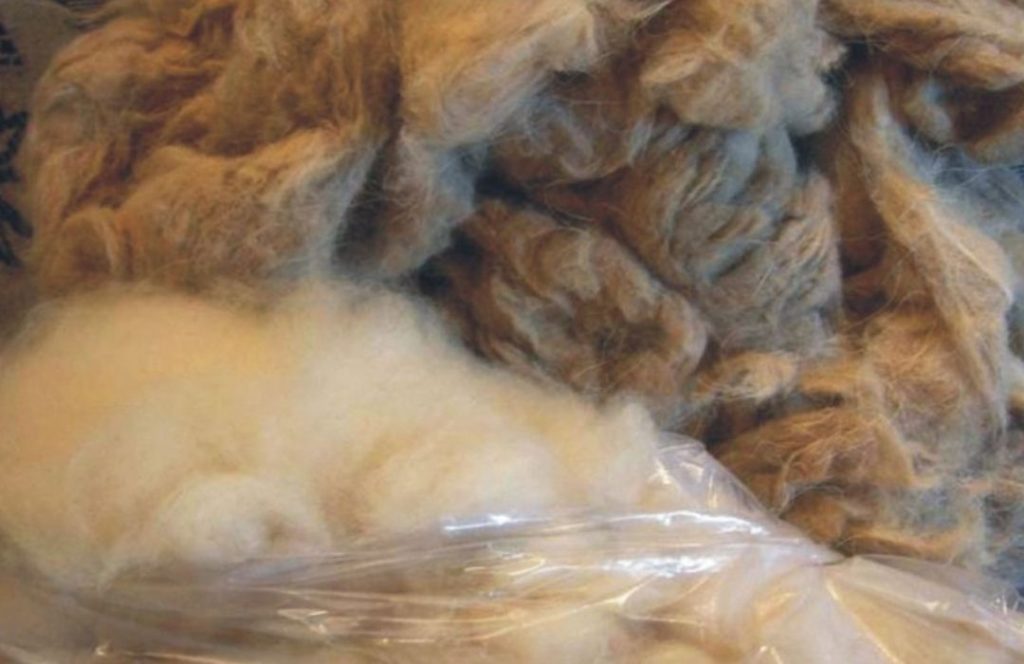
The fleece is collected, manually cleaned, and manually processed. No use of machines is required in the processing of Cashmere, as it is super fine, and might tear with the strain of the machine. The artisans who process the wool are fairly paid and they work from their homes, as every process is manually carried out. This makes men’s Pashmina shawls sustainable accessories, ideal for conscious shoppers.
(Please note that all Pashmina shawls are not manually crafted, and all artisans do not receive their deserved wages. Hence we should always shop from responsible vendors and authentic traders who actually make sustainable Pashmina shawls)
The Finesse of Men’s Shawls
Pashmina shawls are delicate, lightweight, and gossamery fine. The spun yarn is so fine that an ordinary eye finds it difficult to look at, at the first glance. It is only the super skilled and experienced hands of the womenfolk of Kashmir, who spin such fine yarn with ease. Spun yarn is just 12 to 16 microns in diameter. This makes it 4-5 times finer than human hair.
Men's Pashmina Shawls are lightweight. A full-length shawl is just over 500 grams, which makes it super light and easy to carry, unlike thick wool shawls commonly worn in winter. Pashmina is breathable and hence keeps one warm without making it clammy. Even with such finesse and delicate texture, Pashmina shawls are 8 times warmer than sheep wool shawls, but many times lighter than them. This quality makes Pashmina shawls one of the most treasured accessories of all time.
Pashmina Shawls are Timeless
It is their timelessness and an ageless apparent demeanour that makes Pashmina shawls loved by men of all ages and attitudes. These opulent accessories have been worn by the Mughal kings and European Royals since the 18th century, but yet these have managed not to lose a tad in their evergreen grace and grandeur. A shawl from the 18th century would still look good, and in fact, acquire an heirloom look today.
Owing to changes in fashions, and preferences of men, Pashmina shawls have adapted to the latest trends, eminent on runways and celebrity wardrobes. As such, Pashmina shawls aren't just embroidered and Kani woven like the olden days but printed, striped, chequered, abstract patterned, laced, Swarovski studded, or ombre dyed. As a result, even teenage boys love to wear them for formal occasions, as the men in their families do.
Popular Pashmina Shawls
When the sales of Pashmina shawls started, plain, embroidered and Kani woven shawls were available. Later reversible shawls too gained impetus, but mostly embroidered and Kani shawls were invested in by patrons. Kani shawls were the most popular owing to their use by Empress Josphine, who owned hundreds of them.
Now, since times changed, and men did not want to carry heavily patterned shawls with them, Pashmina art adapted to a simpler version. As such, plain shawls, patterned Pashmina shawls, light embroidery shawls, reversible shawls, and more came into existence. Now not just men, but boys could afford and wear these shawls, which would look immensely graceful for formal occasions.
Following are the main types of Men's Pashmina shawls one can find today:
Solid Men's Shawls
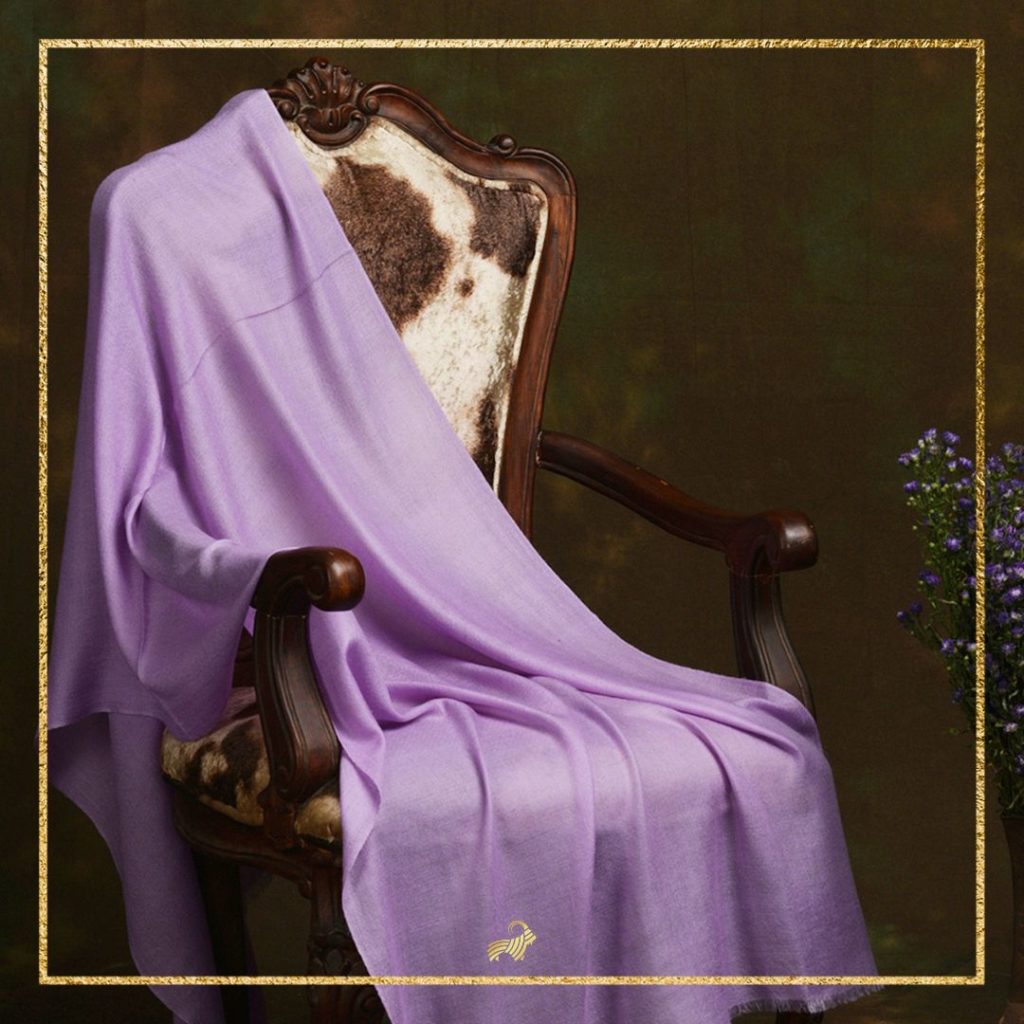
When a shawl comes out of the handloom, it is plain. There is just the rhythmic harmony of warps and wefts visible in the shawl, and it is just the weave pattern that makes it elegant, even if plain. Plain Pashmina shawls look perfect when worn for casual days, office meetings, formal occasions, and similar events. Since these are the easiest to carry, they are the first choice of younger men or boys when it comes to wearing Pashmina shawls.
Patterned Pashmina Shawls
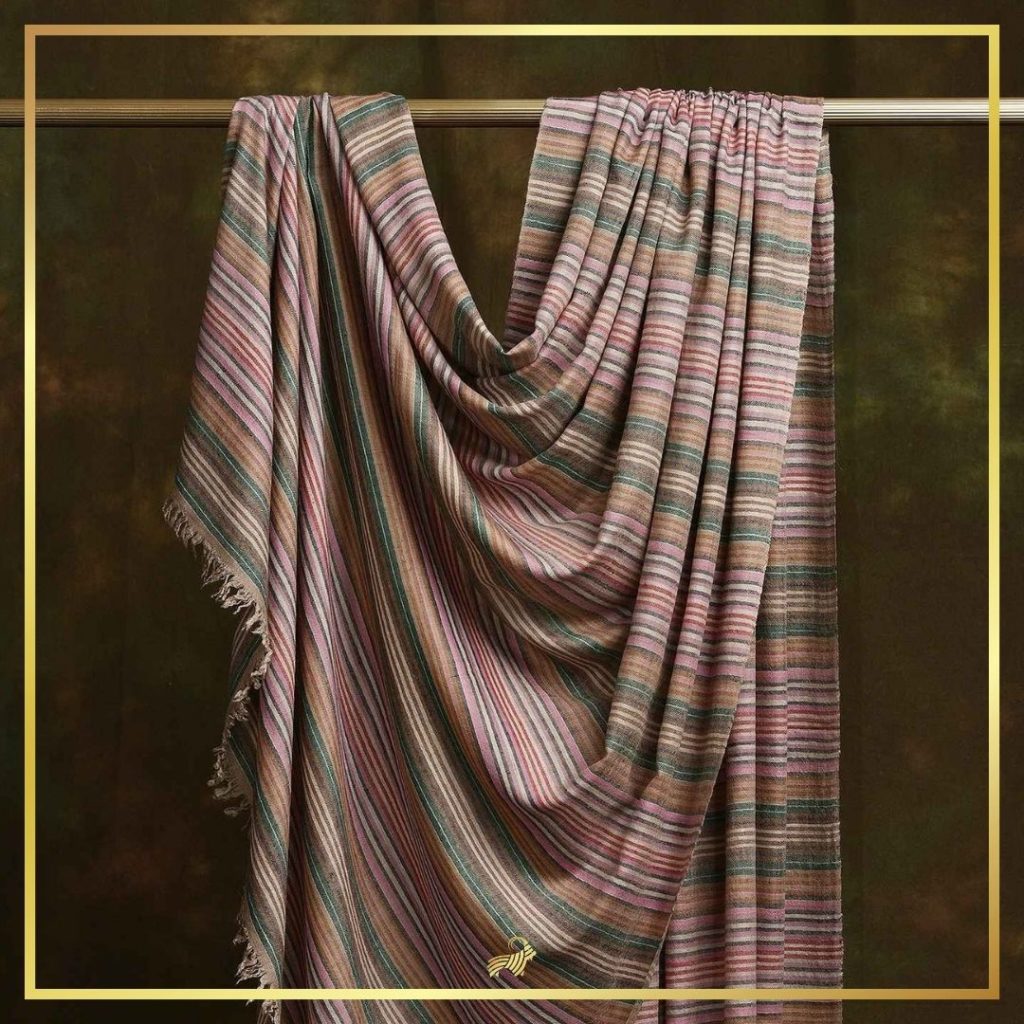
After solids, it is the patterned Pashmina shawls that come next, with minimal design. These shawls, after coming out of the handlooms, go to specialists who pattern them with conventional as well as contemporary designs. As such, magnificent colour patterns and combinations are seen in these shawls which are, again, ideal for formal and casual occasions, depending on the colour combination used.
Reversible Shawls for Men
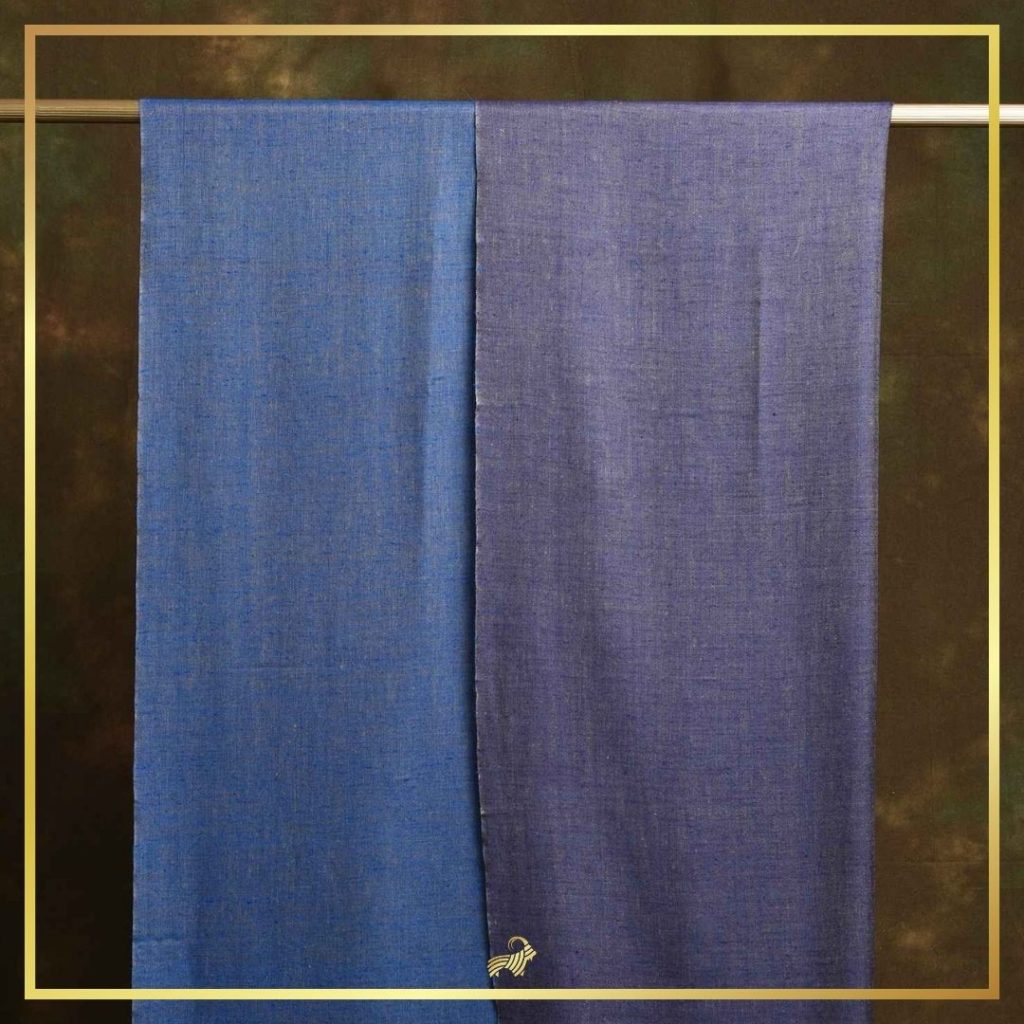
Reversible Shawls have a great history and have been known for centuries now. This pattern was considered magical when it came into existence, and both sides of the shawl were wearable. The shawl had no back side and front side, but both sides were so elegant and unique, that one felt he owned two marvellous pieces, instead of one.
Embroidered Pashmina Shawls
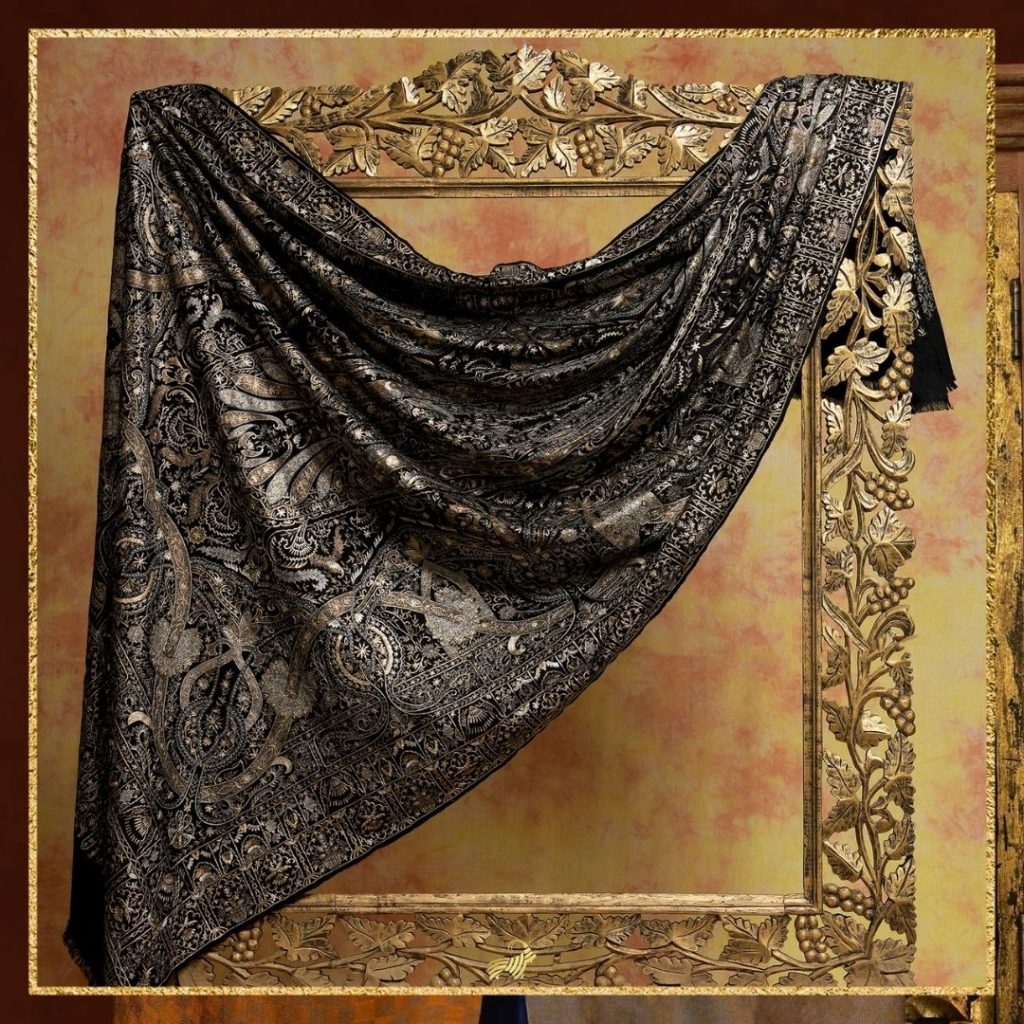
Perhaps the most exquisite of them all was the hand-embroidered shawl which looked as luxurious as it felt. These shawls come out of the loom and are sent to specialist artisans, who specialize in several embroidery types. The most popular embroidery done on Pashmina shawls is Sozni Kari (fine thread embroidery), where silk threads are used to create motifs on the shawls. The shawl looks absolutely breathtaking and is hence reserved for special occasions. Men wear embroidered shawls to weddings and grand events or give them as gifts to those who already have everything.
Men's Kani Shawl
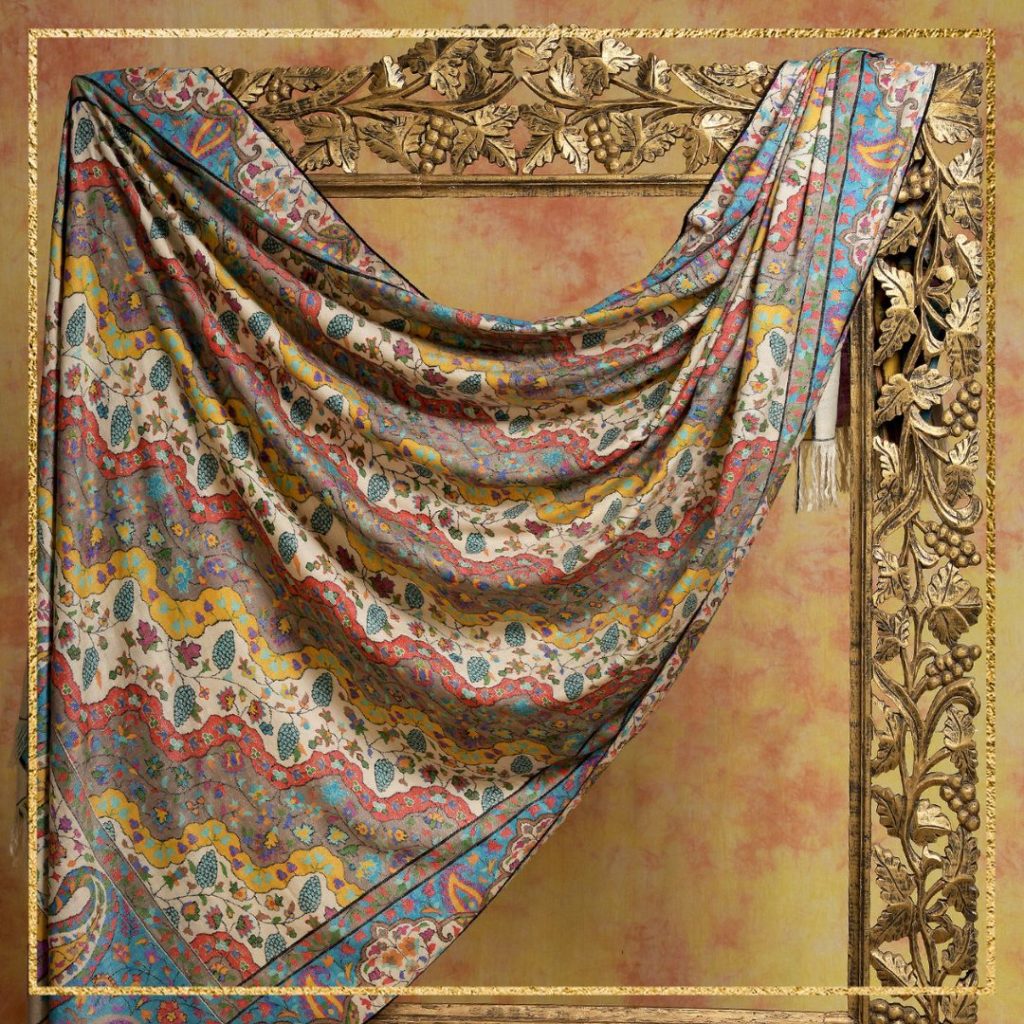
A living piece of art, Kani shawls have often been called the creme of the crop when it comes to Pashmina shawls. This is owing to their making, as motifs spread on the shawls are not embroidered or painted, but handwoven in the weft threads. Ani shawls are handmade like carpets, where coloured wefts threads are inserted into plain warp threads, and this combination results in the making of breathtakingly beautiful Kani shawls, which men crave. It was a Kani shawl that was loved by Emperor Napoleon during his return from Egypt (which is gifted to his wife), and it became the hottest trend in Europe back then. Since then, Kani shawls are the most cherished by both men and women, for their colour combinations, royal appearance, and the pleasant and satisfying warmth they provide.
Also read: MYRIAD OF DESIGNS IN MEN'S CASHMERE SCARVES?
Concluding
Celebrities all over the world have set the trend of wearing large-size Cashmere wraps and Pashmina shawls either for casual occasions or formal events. Nick Jonas wore a Pashmina shawl at his wedding and Brad Pitt is often spotted wearing Cashmere scarves on formal trips. Nevertheless, one should invest in pure and authentic handmade Pashmina shawls, and not get carried away by appearances only. The warmth and timeless Pashmina shawls are only the ones that are handcrafted by artisans, and the ones made by machines. The handcrafted treasures will stay with you for a lifetime, and look even more vintage with age.
Also read: THE COLLECTION OF MEN'S CASHMERE SCARVES